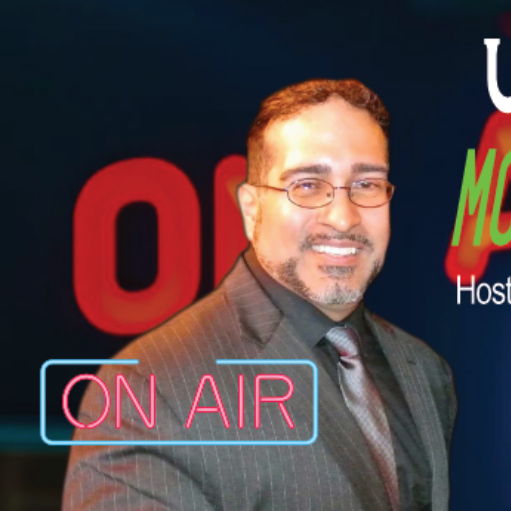As markets navigate the fallout from Trump’s tariffs, Ahmed Riesgo, Chief Investment Officer at Insigneo, joined TheStreet to unpack the economic impact and explore potential ripple effects for investors.
Related: Tech group leader sends startling eight-word message about tariffs
Full Video Transcript Below:
AHMED RIESGO: So right now, we would advise investors that now is not the time to make major moves into your portfolio other than raising safe haven plays like the dollar, the Japanese yen, you know, long dated U.S. treasuries, those types of moves that would behave well in a risk off environment, at least in the short term. Well, the lessons from past tariff implementations, we really have to go back a long time because if the full tariffs that were announced yesterday get implemented, the average effective tariff rate in the United States is going to be around 25% So we haven’t seen those levels in decades.
So you know, previous tariffs were, I mean, that led us into the Great Depression. Right so we need to make sure that we are positioned for potentially more stagflationary scenarios. Now if you think that their negotiating tactics and that sort of we’re at a maximalist position here because Trump staked out his, you know, ask for the moon. Right off the bat, we could actually see a deceleration in tariff related or trade war related uncertainty going forward. I suspect that 6 to 12 months from now, investors are going to be feeling better about the markets than they are today.
I’ll tell you before yesterday’s announcement, we had recession risks in the United States pegged somewhere around 35% after yesterday’s announcement. They’re closer to 50% In fact, I think there’s a good chance that the Q1 GDP number could be close to 0 or perhaps even slightly negative. So I think, you know, recession risks have certainly increased. I think we’re going to see about a, you know, 1 and 1/2 to 2% increase in the overall inflation rate and a hit to consumption spending, even to the point where real consumption spending in the United States might turn negative sometime in the, you know, second to third quarter.
